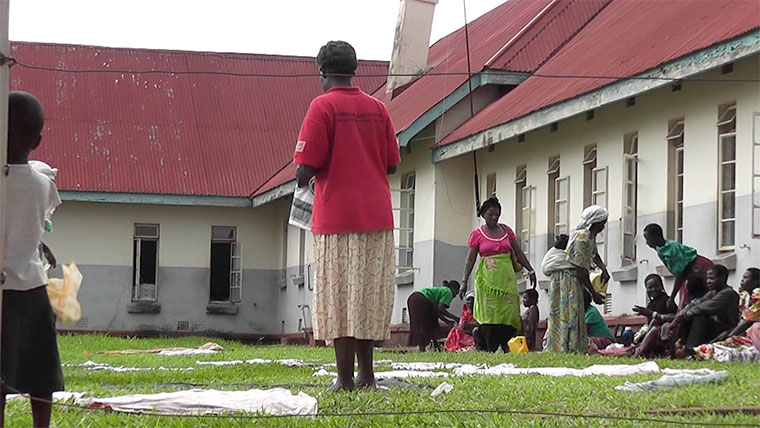Bio fortification is emerging as a promising strategy in the fight against malnutrition, offering a sustainable solution to improve the nutritional status of populations.
By enhancing the nutrient content of staple crops, bio fortification aims to address widespread micronutrient deficiencies that often go unnoticed but have serious health implications.
Malnutrition, characterized by inadequate intake or absorption of essential nutrients, remains a significant global challenge. While it is commonly associated with under-nutrition and hunger, malnutrition also encompasses deficiencies in vital vitamins and minerals, known as hidden hunger.
Micronutrient deficiencies can lead to severe health consequences, particularly in vulnerable populations such as children and pregnant women.
Biofortification harnesses the power of genetic breeding techniques to develop crops with improved nutritional profiles. By increasing the concentration of essential vitamins and minerals in staple foods, biofortification offers a sustainable approach to address malnutrition.
This strategy aims to reach millions of people who heavily rely on staple crops for their daily sustenance, such as rice, wheat, maize, and beans.
Several biofortified crops have shown remarkable success in enhancing the nutritional quality of staple foods. For instance, vitamin A-enriched orange sweet potatoes have been introduced in sub-Saharan Africa, where vitamin A deficiency is prevalent.
Similarly, iron and zinc biofortified beans have been developed to combat anemia and zinc deficiency in Latin America and Africa. Biofortified rice varieties have also been developed to address vitamin A and iron deficiencies in Asian countries.
Biofortification has the potential to transform the lives of vulnerable populations. By promoting the consumption of nutrient-rich foods that are readily available and culturally accepted, biofortification can improve the health and well-being of communities without requiring significant changes in dietary habits or behaviors.
This approach empowers individuals to meet their nutritional needs, leading to a more resilient and productive society.
Biofortification plays a vital role in achieving global food security. By enhancing the nutritional content of staple crops, biofortified varieties offer a sustainable solution to combat malnutrition while preserving agricultural productivity.
This approach aligns with the United Nations’ Sustainable Development Goals, particularly Goal 2: Zero Hunger, by ensuring that food systems deliver adequate nutrition to all.
While biofortification holds great promise, there are challenges to its widespread adoption. Research and development efforts need to be intensified to expand the range of bio fortified crops and ensure their adaptability to diverse agroecological conditions.
Additionally, collaboration among governments, research institutions, and non-governmental organizations is crucial to scaling up biofortification programs and reaching the most vulnerable populations.
Bio fortification represents a significant breakthrough in the fight against malnutrition. By fortifying staple crops with essential vitamins and minerals, bio fortification offers a sustainable and cost-effective approach to address hidden hunger and improve the nutritional well-being of communities.
Embracing bio fortification as part of comprehensive nutrition strategies can pave the way for a healthier and more nourished future for all.
Check also;
- Tips For Balanced Nutrition In Kids With Food Allergy
- Learn Lessons From Success To Beat Malnutrition In Africa, Advise Experts
Please use the button below to contribute to Newslex Point, Inc. using a credit card or via PayPal.

 Newslex Point News in Uganda, Uganda news
Newslex Point News in Uganda, Uganda news












